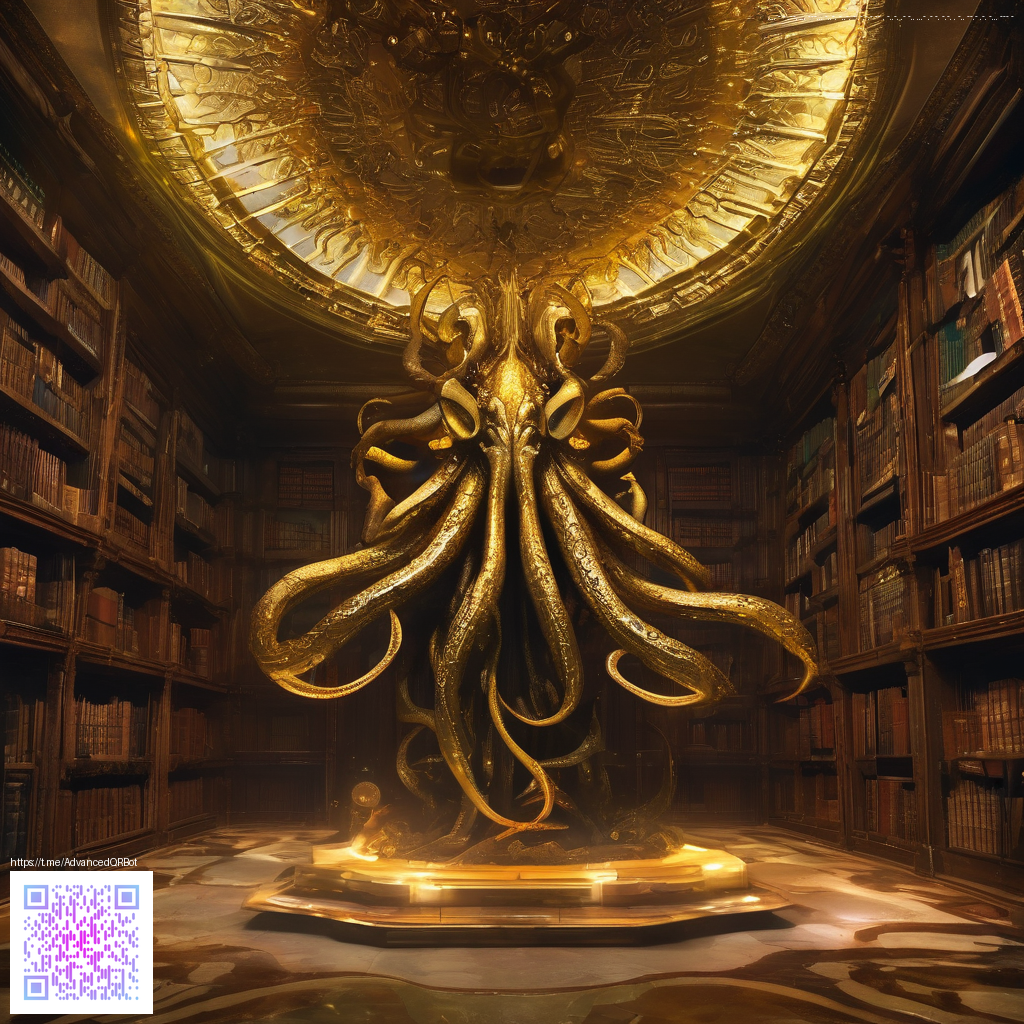
Using Gray Concrete Powder in Survival Bases for Stylish Builds
Gray concrete powder brings a soft industrial vibe to survival bases. It is a gravity heavy block that will fall away if there is no solid block beneath it. When water touches the powder it instantly turns into solid gray concrete that is perfect for durable floors and clean walls 🧱.
This guide explores practical workflow for gathering materials, reliable placement tricks, and design ideas that fit well with common survival constraints. By understanding how the powder behaves and how to convert it into concrete on site you can craft striking patterns without sacrificing safety or efficiency.
What you need to craft and gather
- Sand and gravel the standard building blocks for concrete powder
- Gray dye to color the powder think mixing white dye with black dye
- A crafting bench to assemble powder blocks
- A water source or buckets to start the conversion to gray concrete
The basic recipe yields 8 gray concrete powder blocks from 4 sand 4 gravel and a gray dye. After crafting you can place the powder in rooms, courtyards, or stair risers. When you are ready to finish the surface pour water to convert the powder into sturdy gray concrete blocks. This interaction makes it a flexible material for both rapid build outs and carefully planned textures.
Placement and transformation technique
Place powder on a solid foundation so it does not drift away while you work. For multi block surfaces use rows of blocks underneath or create a temporary scaffold to keep powder from slipping out of position. When it is time to finish a section, place a water source block or pour water from a bucket and let it touch the powder. The powder turns into gray concrete and retains the exact footprint you laid out. This capability makes powder ideal for rounded edges or geometric patterns where you want a crisp finish without additional shaping.
Be mindful of spacing in tight corridors. Powder can fall into gaps if the support is removed during construction. A little planning with blocks beneath the surface helps you prevent accidental gaps. For large floors you can build a grid of powder sections and convert them in stages to keep the project moving smoothly 🧰.
Design ideas for survival bases
- Checkered floors mixing gray concrete powder and finished gray concrete for a subtle depth
- Vertical wall panels with alternating powder and glass to create a modern aesthetic without sacrificing light
- Pillar accents along hallways using powder as the shaded core and contrasting blocks on the exterior
- Stair treads where powder forms light stepping textures that convert into solid steps after water contact
- Pixel art details on interior walls that use the powder as a soft backdrop for brighter blocks
Gray concrete powder supports precise geometry while offering enough play to soften harsh lines. It pairs nicely with oak and smooth stone for a balanced look. If you prefer a cooler vibe, combine powder with white concrete blocks and glass accents to evoke a sleek, modern base. Experimental layouts with diagonal or offset grids can create dynamic spaces without losing the practical feel of a survival home.
Practical tips for survival players
- Stock up on sand and gravel near your mining sites to keep a steady supply of powder ready
- Craft gray dye by mixing white dye and black dye when you want a lighter or darker shade
- Keep a dedicated water bucket handy so you can convert sections quickly as your plan unfolds
- Use temporary blocks to hold powder in place during placement especially on ceilings or wide floors
- Combine powder with other textures to create subtle transitions between spaces without heavy cost
Tip from builders who mix utility with style think in layers If a floor feels flat try alternating color and texture in a checkered pattern to add mystery and depth.
With patience gray concrete powder can elevate the feel of a survival base from purely functional to warmly crafted. The key is planning the footprint before water touches down and using powder as a flexible canvas for future updates or extensions. The result is a sturdy, visually engaging space that remains practical for day to day play.
Support Our Minecraft Projects